For most people the name of a street is there just to give directions or just the name of the road where they live. Large main roads can easily be identified due to their historical location, Old Paarl Road and Koeberg Road can be understood for the destination that they were used for originally. Not many people realise that names of smaller streets, especially in modern areas, are often there to distinguish the history and respect the events and people who shaped the land that we live in.
One area in particular is the beachfront of Blaauwbergstrand, where many street names are given to persons whose names may have faded in to obscurity and probably have no meaning to the people who reside in the area. These streets are in fact a strong reminder of an event that happened in January 1806 that was to shape the southern tip of Africa and put this part of the world in to the history books as being a battle of the Napoleonic Wars.
So where does the significance of these people and places come from and how does this fit in with the history of South Africa?
The battle of Blaauwberg took place on Wednesday 8th January 1806 and was fought between the invading British forces led by General Sir David Baird against the defending Batavian army under the command of Lieutenant General Jan Willem Janssens. Although described as Batavian, Janssens was in command of a mixed group of nations made up of Dutch, French, Austrian/Hungarian, Javanese, Malays and most notably decedents of the Khoina nation and imported slaves from the rest of Africa.
The British forces made up of 4500 men from Scotland, Ireland and England had landed at Losperds Baai (Melkbosstrand) on the 6th and 7th January and after establishing battle order confronted Janssens’ 2,000 assembled troops on the old north road to the east of Blaauwberg Hill. The short battle concluded in a British victory and retreat of the Batavian troops following which Janssens was to finally capitulate the Cape to the British on the 18th January 1806.
So where do these street names fit in to this historical event.
Genl. Janssens St

Born 12 October 1762 in Nijmegen, Lieutenant-General Jan Willem Janssens was the Governor General of the Cape and Commander in Chief of the Batavian colony of the Cape of Good Hope. He had been appointed to the position after the treaty of Amiens in 1802 which had returned the Cape back to the former Netherlands Republic of Batavia. Following the delayed transfer of command from British to Batavian rule on the 21st February 1803 Janssens immediately undertook a strengthening of the defences as he knew the fragile treaty would be short lived. Troops from Europe were introduced and the artillery positions upgraded making Cape Town a formidable fortress.
When the British returned in January 1806, Janssens had a small army at his disposal of mixed nations. On the 7th January he led out of Cape Town 2061 of these men and set up a defensive line across the old north roads behind Blaauwberg Hill, out of range from the ships cannons.
Although defeated on the day Janssens had done all in his power to delay the British in their advance and he retreated to the Hottentot Mountains. He was not in a good position though to maintain any form of war against the invaders and capitulated on the 18th January 1806.
Returning to Batavia (now Holland under new rule) in June 1806 he was promoted to Secretary General of the Dept of War by Napoleon’s brother Louis.
Jan Willem Janssens died on 9th January 1838 aged 75 having attained the prestigious title Chancellor of the Orde van de Nederlandse Leeuw.
Sir David Baird Dr
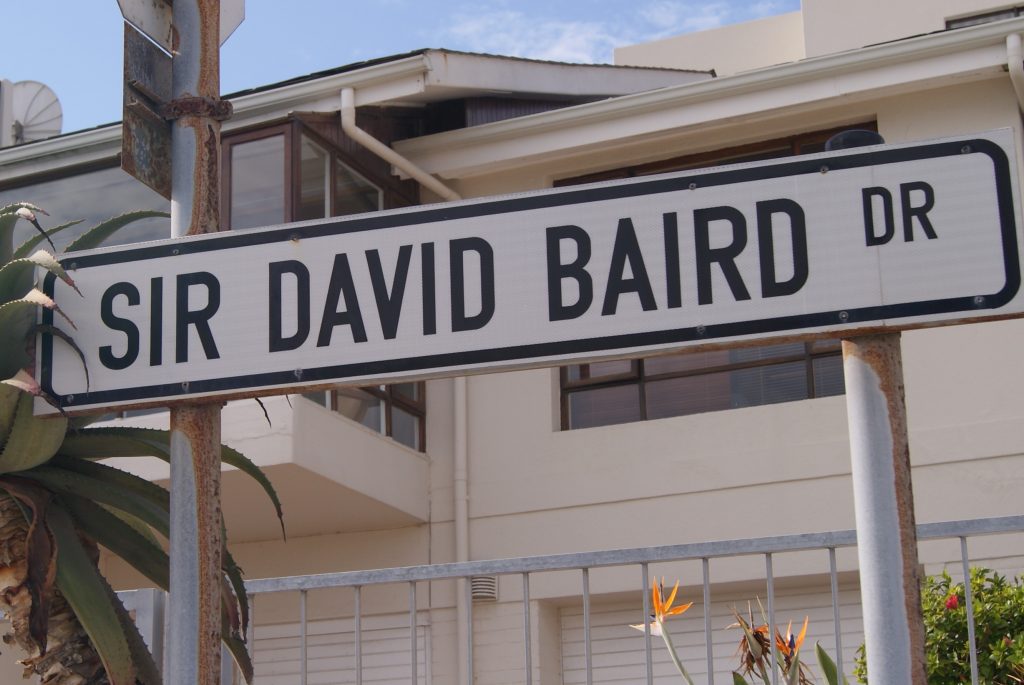
Born 6th December 1757 in Haddington, Scotland General Sir David Baird was the son of a Merchant from Edinburgh, Baird entered the Army in 1772 and was a notable career soldier attaining fame in the disastrous campaign in Mysore, India where he spent 4 years in prison. On returning to England he served in the first British occupation of the Cape (1795 to 1803) as a Brigadier-General, something that was to give him exceptional advantage for the invasion in 1806.
Baird was knighted in 1804 and promoted to Lieutenant-General, was appointed to command the British forces to retake the Cape in 1805 and given an army of 4000 men. He had argued that to take the Cape from the Batavians he would need an army of at least 6000 men as he was convinced the defences would be in the number of about 5000. This figure he would use in all his despatches and reports even though history has proved the Batavians could only muster a maximum of 3500.
Landing his men at Losperds Bay on the 6th and 7th January he split his army in to 2 brigades for attacking the Batavians. Commanding from the high point above the plain he was able to direct the 2nd (Highlanders) brigade in to action with effect and forcing the Batavian to retreat. Following the battle he marched the British force to the gates of Cape Town where he met with the Commanding officer Lieutenant Colonel Von Prophalow and signed the Capitulation treaty on the 10th January 1806.
After a short period as Lieutenant-General of the Cape Baird returned to England but without acclaim and ceremony mainly due to his involvement in Popham’s disastrous invasion of South America which followed the campaign in the Cape.
Baird attained the full rank of General in 1814 and awarded the Knight Grand Cross of order of the Bath. He died on 18th August 1829 at the age of 71 at Fern Tower, Crieff, Perth and Kinross, Scotland. Today a tower exists near to Crieff, erected by his wife, showing the heroic life of Sir David.
Batavia St
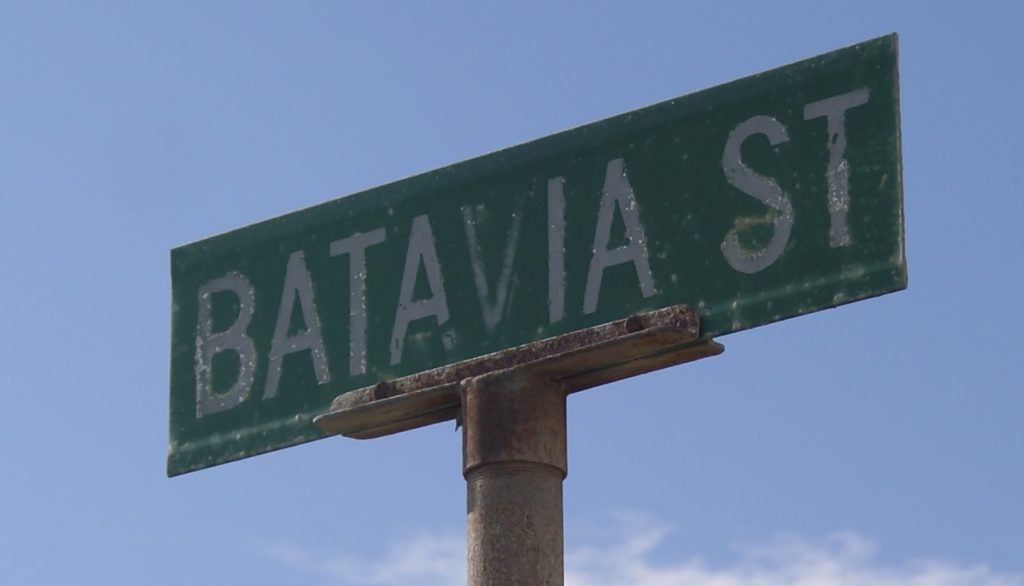
In the winter of 1794/95 Napoleon’s French forces invaded the Republic of the Seven United Netherlands causing the downfall the government and the escape of King William on the 18th January 1795. The following day the Batavian Republic was proclaimed becoming a “Client State” of France and an ally of Napoleon’s growing empire.
The Batavian Republic acquired its name came from the ancient Germanic tribe of the Batavi who had existed in the area before the ascendance of the Netherlands. After 1801 it was also known as the Batavian Commonwealth.
The Republic lasted until 5th June 1806 when it became the Kingdom of Holland under King Louis 1 (Napoleons Bonaparte’s brother) known locally as Koning Lodewijk by the Dutch.
Beresford St
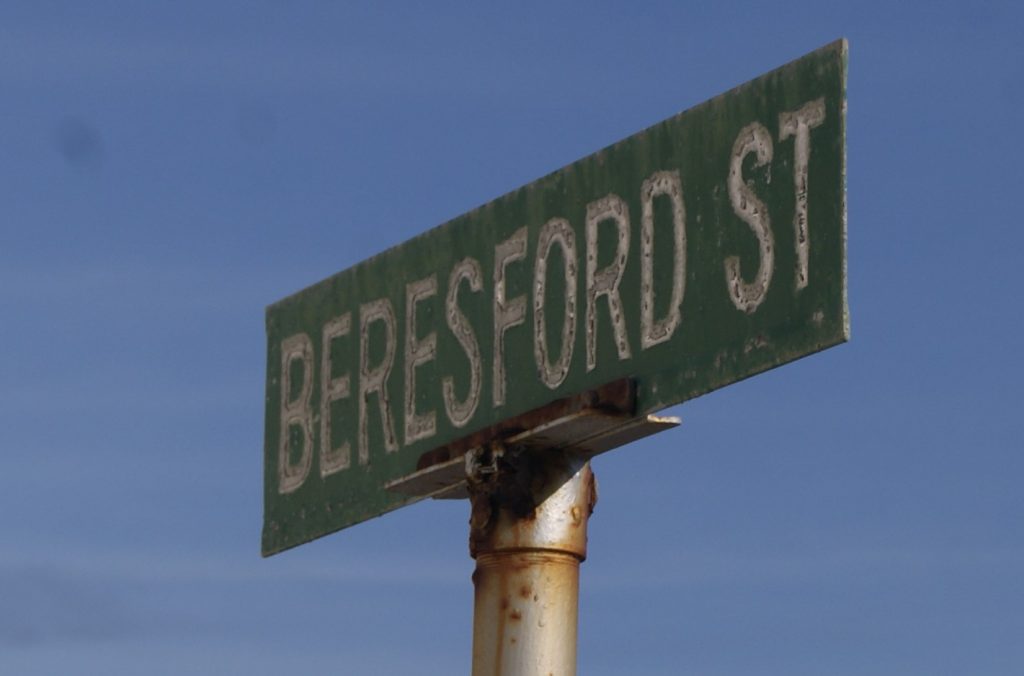
Born 2nd October 1768 Brigadier-General William Carr Beresford was the illegitimate son of the 2nd Earl of Tyrone, (1st Marquess of Waterford).
A career soldier, he entered service as an Ensign in the 6th Regiment of Foot in 1785 and was wounded in a musket incident leaving him blind in one eye.
Rising through the ranks over the years in a distinguished career, he was appointed Brigadier-General by Baird with the intention of leading the 1st Brigade in the battle. Failure to land at Big Bay on the 5th January 1806, changed the plans and resulted in Beresford sailing to Saldanha Bay to attempt a landing with the Dragoons and the 38th Regiment of Foot. Missing the battle on the 8th January he eventually arrived in Cape Town the following day and was then given the task of chasing Janssens. He met with Janssens on the 17th January and the following day signed the Treaty of Capitulation on a farm in the Hottentot Hollands mountains.
Leaving the Cape with Popham on the disastrous invasion of South America Beresford was to be captured by the Spanish and imprisoned for six months before managing to escape and flee to England. On returning to England he re-joined the army under Sir Arthur Wellesley and continued his promotional elevation becoming Marshal General of the Portuguese Army and Colonel of the 68th Regiment. In 1823 he was made Viscount Beresford and died aged 85 on 8th January 1854 in Bedgebury, Kent.
De Mist Street
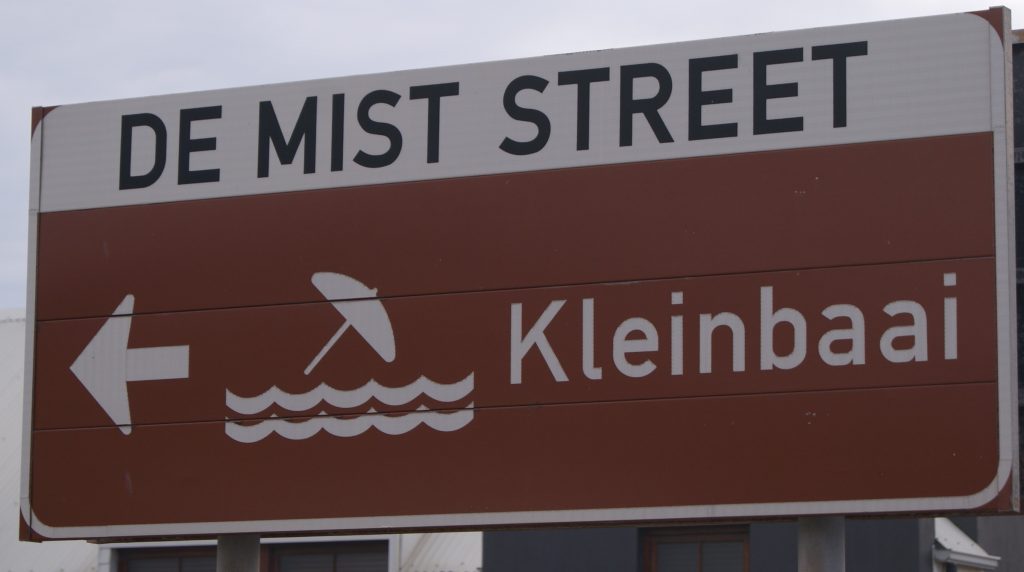
Born 20th April 1749 in Zaltbommel, Netherlands, Jacob Abraham (Uitenhage) de Mist was an influential statesman in the formation of the Batavian Republic and appointed Head of State of the National Assembly on 17th April 1797.
Following the Treaty of Amiens, in 1802, de Mist was appointed to journey to the Cape as Commissioner-General with General Janssens to take back control from the British General Dundas. This was only achieved on 20th February after much delaying by the outgoing British officials.
With no military background, and expecting a return of the British forces due to the unstable treaty agreement, de Mist relinquished control of the Cape to Janssens to allow him greater freedom for bolstering defences. He returned to his homeland in 1804 where he continued his career as a respected statesman.
On 22nd January 1817, the ancestral family name of Uitenhage was included in to his title, he died in Voorburg, Holland on 3rd August 1823.
Ferguson St
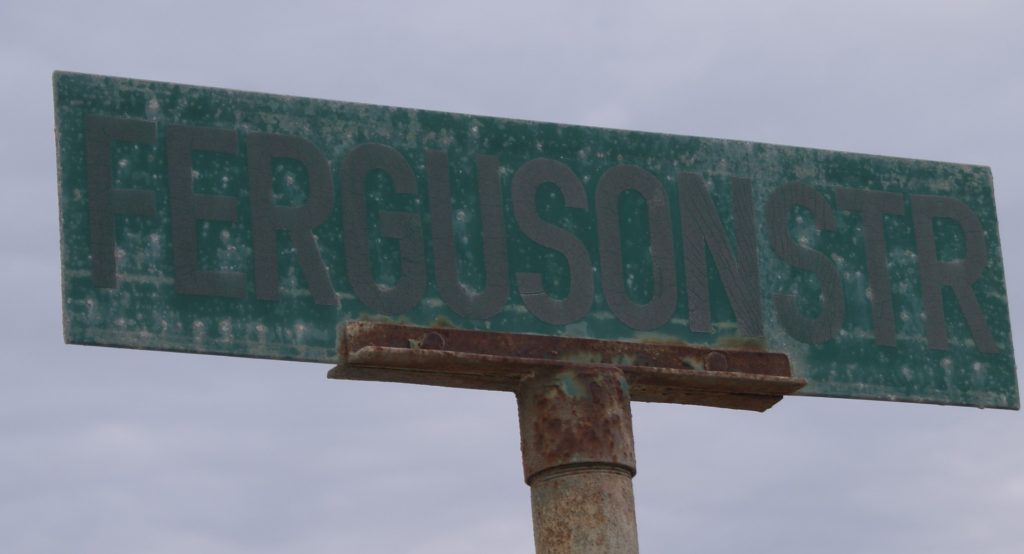
Sir Ronald Craufurd Ferguson was the second son of William Ferguson Esq., of Raith, Fife born 8 February 1773.
Like the other British officers he was career soldier having entered service as an Ensign in the 53rd Regiment of Foot on 3 April 1790, and was soon promoted lieutenant on 24 January 1791.
Having attained the rank of Brigadier-General by 1804 Ferguson was included in the British invading force to command the 2nd Brigade of Highland 71st, 72nd and 93rd Regiments. He was highly commended by Baird for his command of his troops in the landings at Losperds Bay and their skill in defending the position covering the following disembarkations. On the day of the battle Ferguson led his brigade as the main attacking force against the defending Batavian lines.
Falling seriously ill shortly after the battle Ferguson was to return to England where he recovered and resumed his military career. In 1831 he was made a Knight Grand Cross of the Most Honourable Order of the Bath at the coronation of William IV.
Ferguson died on 10 April 1841.
Linde Rd
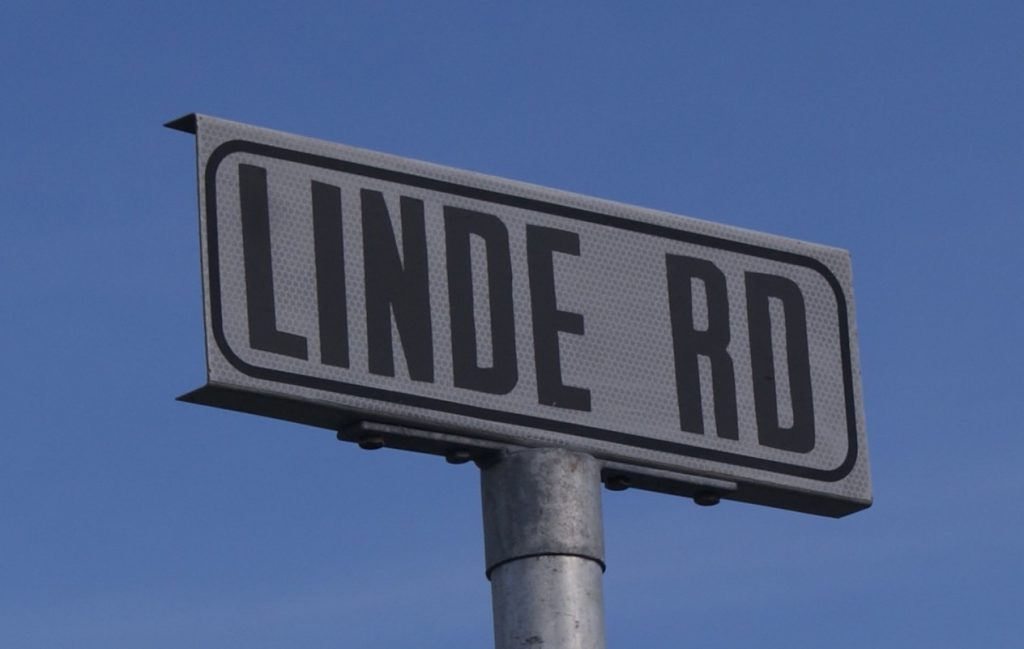
Ritmeester Jacobus Linde was a well respected officer in the Swellendam Dragoons which was much admired and relied upon by General Janssens. At the time of the battle he was 46 years of age and was to play an important role in the build up and events of the battle of Blaauwberg.
When first observed the British were kept under close surveillance by Linde and his dragoons reporting back to Janssens on their movements and numbers. They were on the beaches at Big Bay and Melbosstrand so were the first to encounter action in the defence of the Cape. On the 8th January Linde led his Dragoons on to Kleinberg to stop the advance of the 24th Regiment stopping the British from attacking the left flank of the Batavian line.
After the battle Linde was rewarded for his gallantry with the grant of his farm.
Moolman Rd
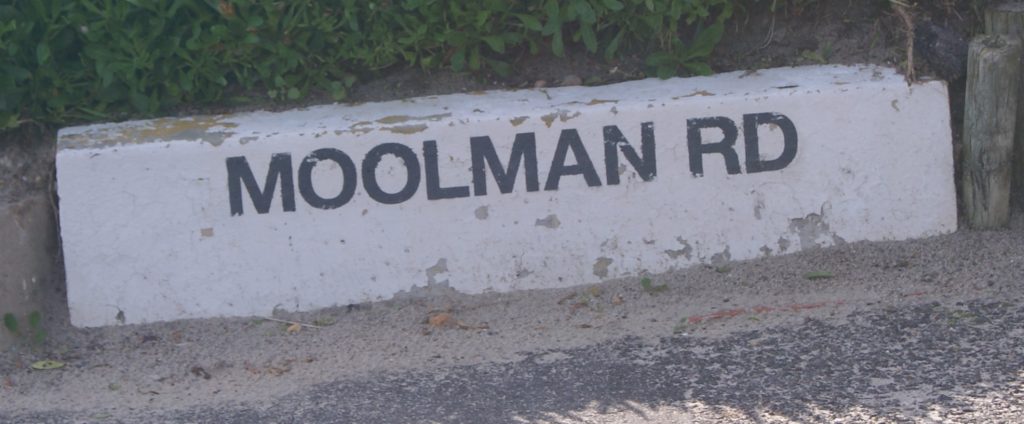
Baptised on 9 November 1749 in the Cape of Good Hope, Ritmeester Johannes Zacharias Moolman was to be famed as the Captain of the Swellendam Dragoons at the Battle of Blaauwberg.
Under orders from General Janssens Moolman led the Dragoons up on to Kleinberg to encounter the grenadiers of the British 24th Regiment. According to local legend, Moolman was instrumental in shooting Captain Andrew Foster, of the 24th Regiment, off of his horse and capturing the animal which was taken back to Swellendam as a trophy.
Moolman died in the Cape in 1858.
Pellegrini Rd
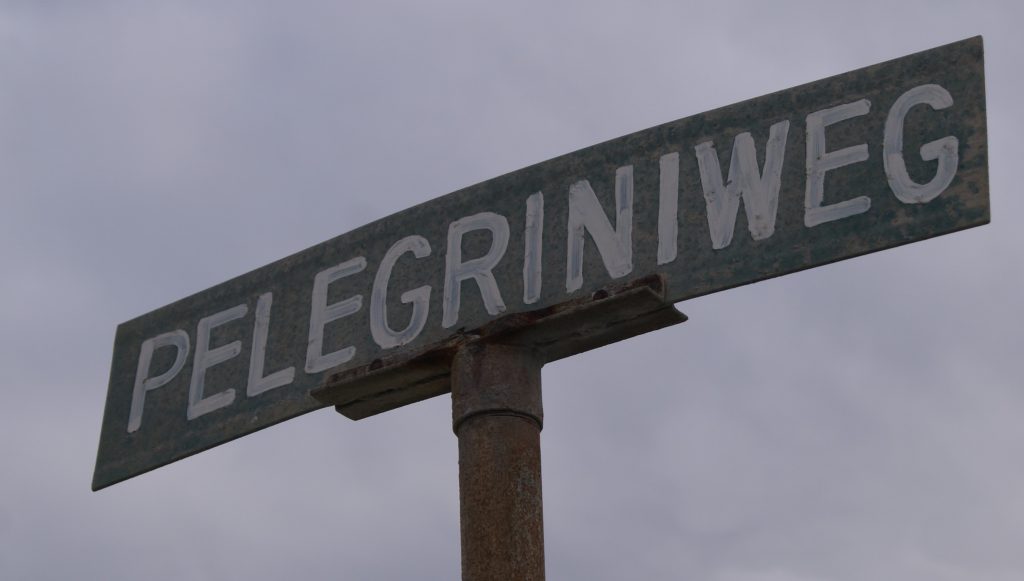
Lieutenant Pellegrini was a non-commissioned officer in the dragoons appointed to lead the Field Artillery defending the right flank of the Batavian line.
During the battle he maintained constant fire on the advancing Highlander regiments to the point where they passed his position in the attack on the line. Continuing fire after the initial retreat of the defence line, Janssens ordered Pellegrini to remove his guns and leave the field. Pellegrini continued his fire for which he was promoted to Captain by Janssens on the spot for his bravery under battle conditions.
Popham St
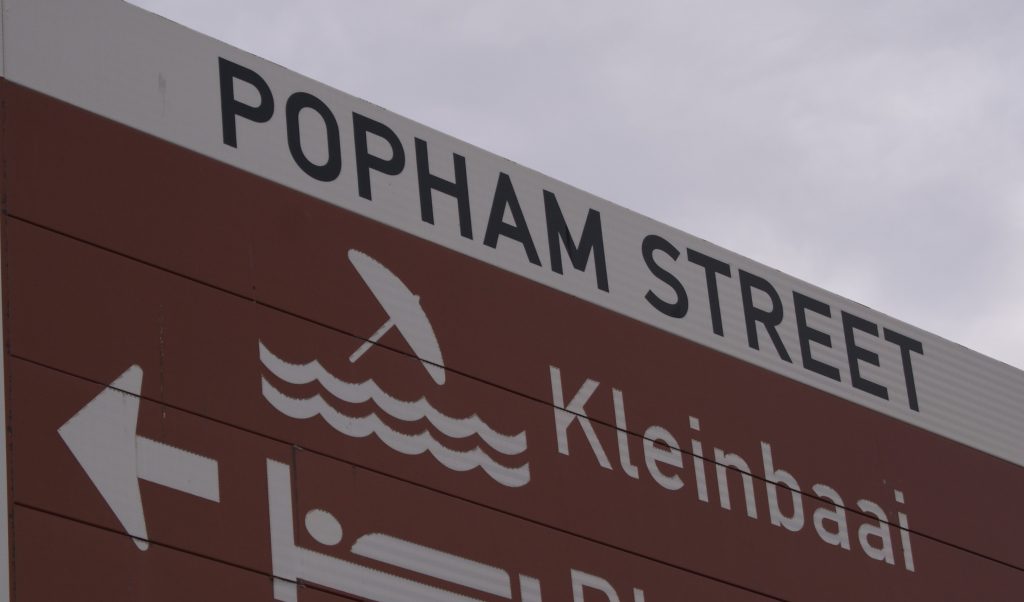
Born 12th October 1762 in Gibraltar, Captain (later Rear Admiral) Sir Home Riggs Popham was the son of Joseph Popham, British Consul to Morocco. Having a good solid background Popham joined the Royal Navy and soon elevated through the ranks to command his own ships. He was however a skilled sailor and navigator and was renowned for the creation of the signal flag system that provided Nelson’s ships to be able to converse across the seas.
Needing a skilled master the Navy appointed Popham to command the fleet to deliver the British troops and their requirements to the Cape. He was captain of HMS Diadem for the trip, with a further 8 ships of the line and 54 transports under his command. The fleet anchored in the lee of Robben Island on the evening of the 4th January 1806 and Popham continued to be involved through the next days bombarding the shores with cannon fire and delivering much needed supplies to troops as they progressed.
After the battle of Blaauwberg Popham persuaded Baird to release troops and a number of ships for him to sail to South America where he was instrumental in capturing Montevideo and Buenos Aires. The success was short lived and Popham was ordered back to England where he faced a court martial. His connections were larger than the Navy heads though and he was soon released with just a reprimand.
Three times a member of Parliament, Popham was promoted to Rear Admiral in 1814 and appointed Commander of the Order of the Bath in 1815. He finally elevated to the position of Commander in Chief of Jamaica Station ending his life in Cheltenham on the 20th September 1820.
Andrew Foster Rd
Andrew Foster first appears in the Regimental records of the 24th Regiment in 1801 as a Lieutenant having been promoted on 9th April 1794.
He had acquired fame as a brave soldier in the campaign in Egypt and was promoted to the rank of Captain on 25th May 1803.
At the battle of Blaauwberg Foster led the Grenadiers of the 24th on to Kleinberg Hill to dislodge the Swellendam Dragoons for the high ground. In the skirmish that followed Foster was to be shot form his horse and became the only British officer to lose his life on the day. Unfortunately Foster’s last resting place is unknown and in similar fashion his recognition in a street name goes unmarked with no street sign being erected

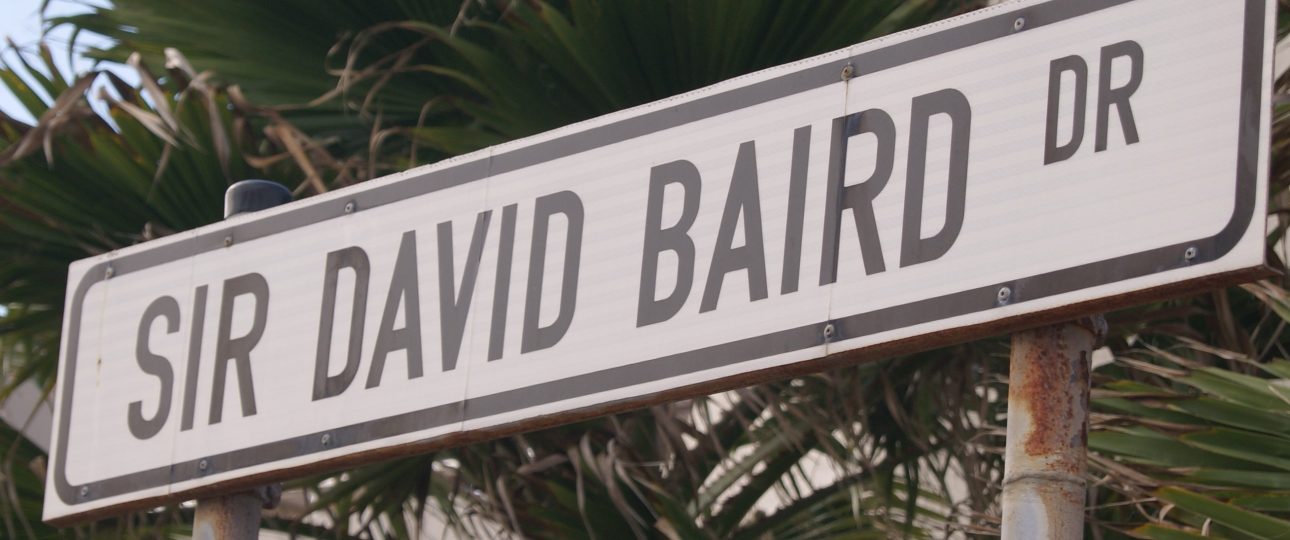
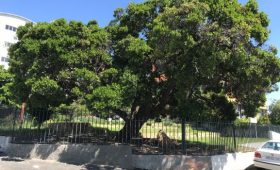



I benefit from looking at your websites. thnx!
I love reading your site. Regards!
Thanks Brian, sorry for the delay in responding, good to see you are checking my posts.
Dave.
Whoa such a invaluable internet site.
Many thanks James. Good to get response to my posts, will start to get a bit more active now the reserves are opening.